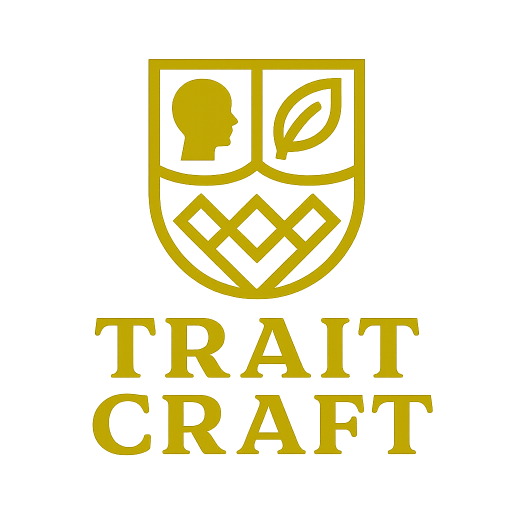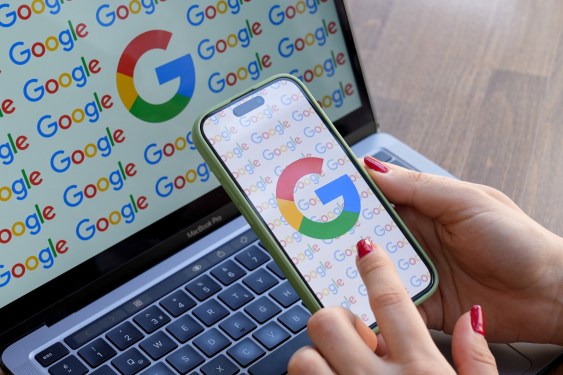Google is testing a machine-learning-powered technology in the U.S. to determine the age of users and filter content across all its products accordingly. The company will analyze data from Google accounts, including search history and YouTube viewing habits, to estimate a user’s age. If the system identifies a user as under 18, they will receive an email explaining how Google’s services will adjust for them.
For underage users, Google will disable the timeline feature in Maps, stop personalized ads, block age-restricted ad categories, and prevent access to adult-themed apps on the Play Store. Additionally, digital wellbeing features on YouTube, such as break reminders and bedtime notifications, will be automatically enabled for late-night viewing. The platform will also restrict repeated access to certain types of content, such as material that could negatively impact body image.
Users who believe they were incorrectly flagged as underage can appeal the decision by submitting a government ID or a selfie for verification.
Google recently introduced similar age-based protections for YouTube and is now expanding the machine-learning age estimation system to all Google accounts in the U.S. The company has already tested this technology in select markets, reporting positive results.
In a statement, Google explained that age assurance helps provide adults with necessary services while protecting younger users. The system combines age estimation with verification when needed.
Other platforms, including Instagram and Roblox, have also adopted AI-driven age estimation tools. Lawmakers are increasingly pushing for regulations to ensure minors encounter appropriate content online. Several U.S. states have existing or proposed age-gating laws, while platforms in the U.K. have begun implementing age verification following the Online Safety Act.

